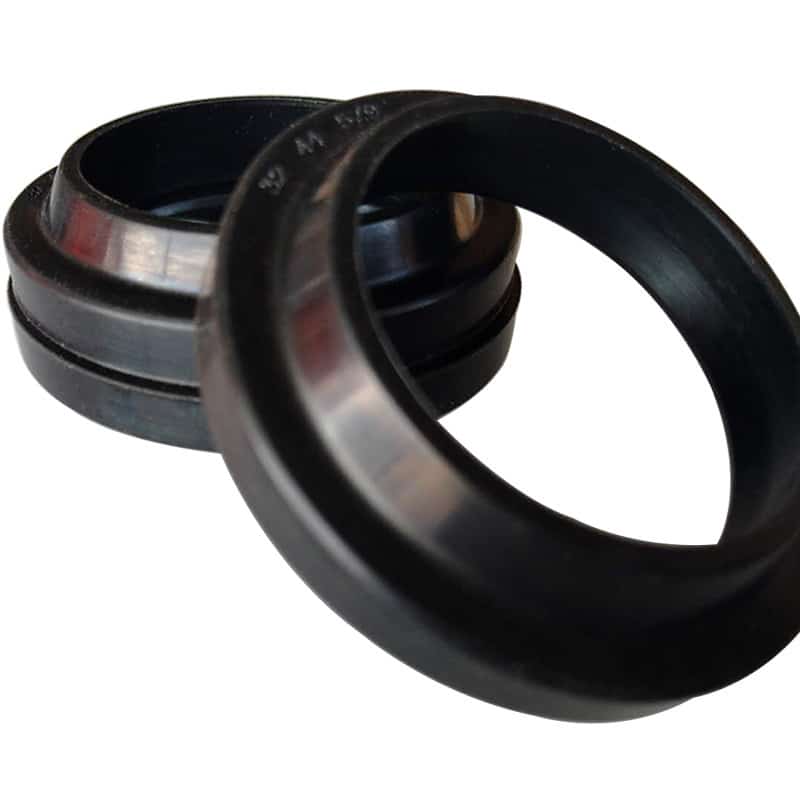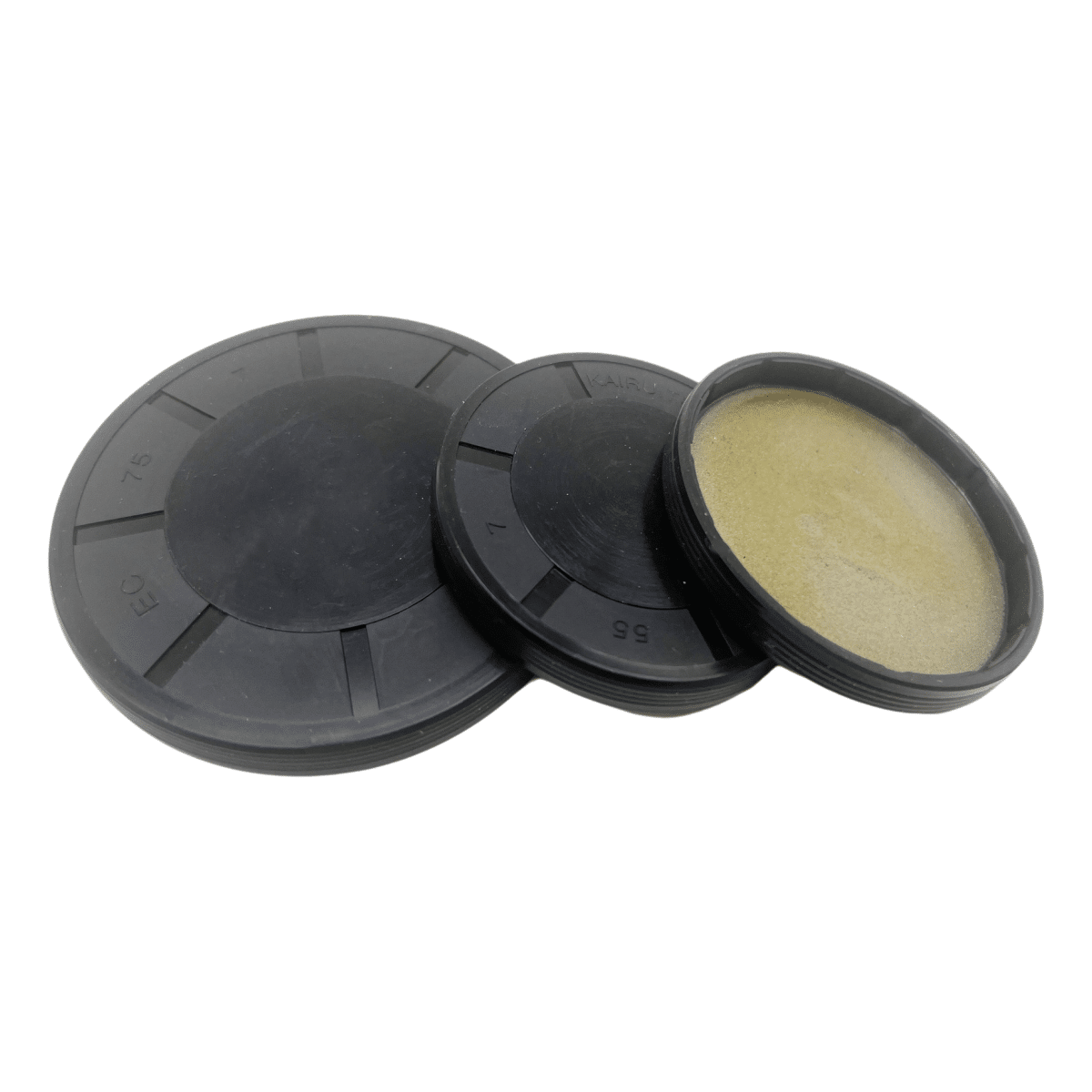Rotary shaft seals often fail too soon due to poor maintenance or incorrect installation. I’ve seen firsthand how just a few simple changes in practice can extend seal life significantly—and save thousands in repairs.
To make your rotary shaft seals last longer, start with the right material, ensure proper installation, maintain lubrication, and protect them from heat, pressure, and dirt.

Here’s exactly how to do that—step by step.
What causes rotary shaft seals to wear out prematurely?
Rotary seals degrade when exposed to the wrong conditions.
Before we talk about solutions, here’s what typically goes wrong.

Common causes include lack of lubrication, improper alignment, high-speed friction, and exposure to abrasive contaminants like dust and debris. If you’re already dealing with these issues, check out our detailed failure guide to address the root causes.
How do I select the right seal for better durability?
Using the wrong seal material is a common reason for early failure.
Different systems require different materials depending on speed, temperature, and pressure.
What seal material is best for durability?
For high-speed equipment, PTFE or FKM is typically preferred, while general-purpose setups perform well with NBR. If you’re sealing under extreme pressure or heat, TCV or reinforced FKM seals are your best bet. You can also use our rotary shaft seal selection guide to match materials to specific applications.
| আবেদন | প্রস্তাবিত উপাদান |
|---|---|
| High speed | PTFE, FKM |
| General use | এনবিআর |
| High temperature/pressure | FKM, TCV |
How should I install shaft seals to prevent damage?
Installation is a critical—but often ignored—step.
Done right, it ensures tight sealing and minimal wear.
What are proper seal installation tips?
Start by cleaning and aligning the shaft and housing. Lightly lubricate the seal before insertion, and avoid hammering or over-compression during fitting. Choosing professionally engineered shaft seals also helps ensure a secure fit and long-term reliability.
How does lubrication affect rotary seal longevity?
No lubrication equals rapid wear.
Proper greasing keeps seals cool and reduces surface friction.
How do you ensure proper lubrication?
You should always match the lubricant with the seal material (for example, FKM-compatible greases for FKM seals), maintain steady lubrication under dynamic loads, and avoid both dry-running and over-greasing. If your application demands it, make sure to select shaft seals specifically designed for lubricated environments.
How can I protect shaft seals from contaminants?
Contamination accelerates wear and leads to early failure.
Prevention starts with good protection at the sealing interface.
What are the best ways to block contamination?
Use dust wiper seals or end covers to shield the system, and clean your machinery regularly to prevent debris accumulation. If your equipment operates outdoors or in abrasive environments, rotary dust seals with NBR or FKM materials are ideal for keeping contaminants out.
How does temperature and pressure affect seal lifespan?
Excessive pressure and heat harden rubber and reduce elasticity—leading to leaks.
Keeping conditions within the seal’s design limits is essential.
How do you protect seals from thermal and pressure damage?
ব্যবহার করুন FKM or PTFE-based seals when your equipment runs hot or operates under hydraulic pressure. Always monitor pressure fluctuations and consider switching to high-performance shaft seals for heavy-duty applications.
How often should I inspect and replace rotary seals?
Even the best seals degrade over time.
Inspections help you catch problems early—before they lead to leaks or failure.
What should your inspection routine include?
Check for cracks, swelling, and hardening every 6–12 months. Replace seals at least every 12–24 months depending on your application, and always reapply grease or compatible lubricant during shutdowns. For long-term durability, consider rotary shaft seals with advanced wear resistance.
How long should rotary shaft seals last?
Seal lifespan depends on usage, temperature, speed, and maintenance.
With good practices, most seals last 50% longer than average.
| আবেদন | Typical Lifespan |
|---|---|
| স্ট্যান্ডার্ড শিল্প ব্যবহার | 1–3 years |
| High-speed pumps | 6–12 months |
| জলবাহী সিস্টেম | 12–24 months |
Where can I buy high-performance rotary shaft seals?
If you need dependable performance, choose from our wide range of shaft seals made with NBR, FKM, PTFE, and TCV. We offer OEM specs, bulk ordering, and industrial-grade sealing for demanding conditions—all available at হেঙ্গোসিয়াল.কম.
উপসংহার
To extend the lifespan of rotary shaft seals, select the right material, install correctly, maintain lubrication, and guard against contaminants and excessive heat. Small improvements lead to big savings.
Ask our sealing engineers for support
📩 Mail:[email protected]
📞 WhatsApp:+86 17622979498
Related post
- Common Rotary Shaft Seal Failures
- Rotary Shaft Seal Selection Guide
- High-Pressure Oil Seal Solutions


